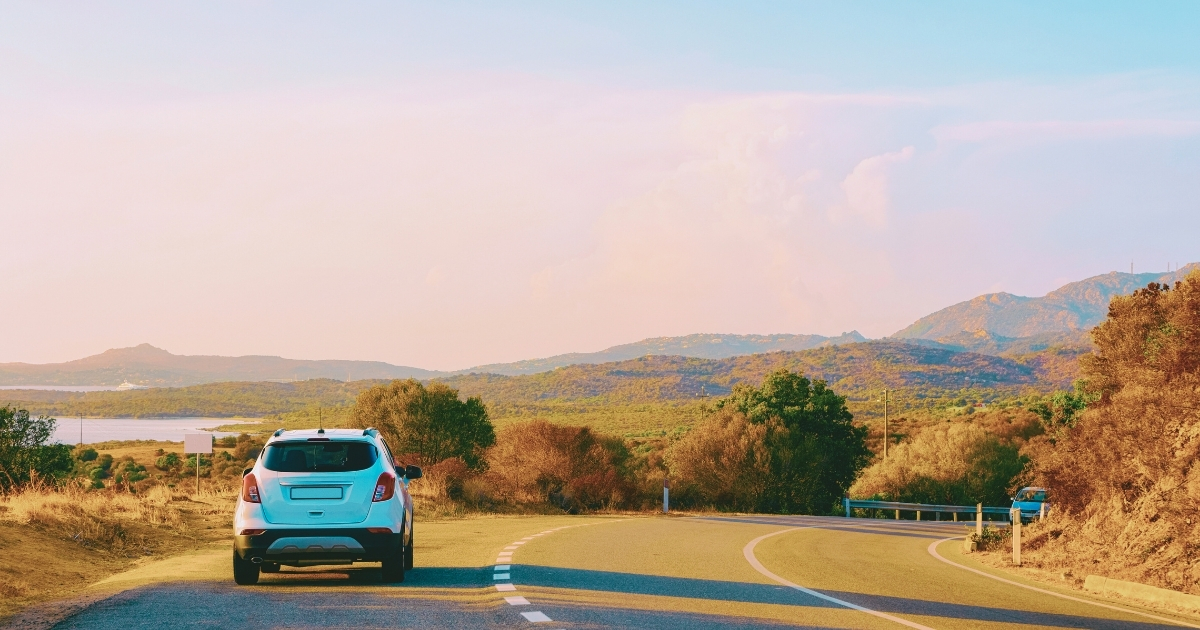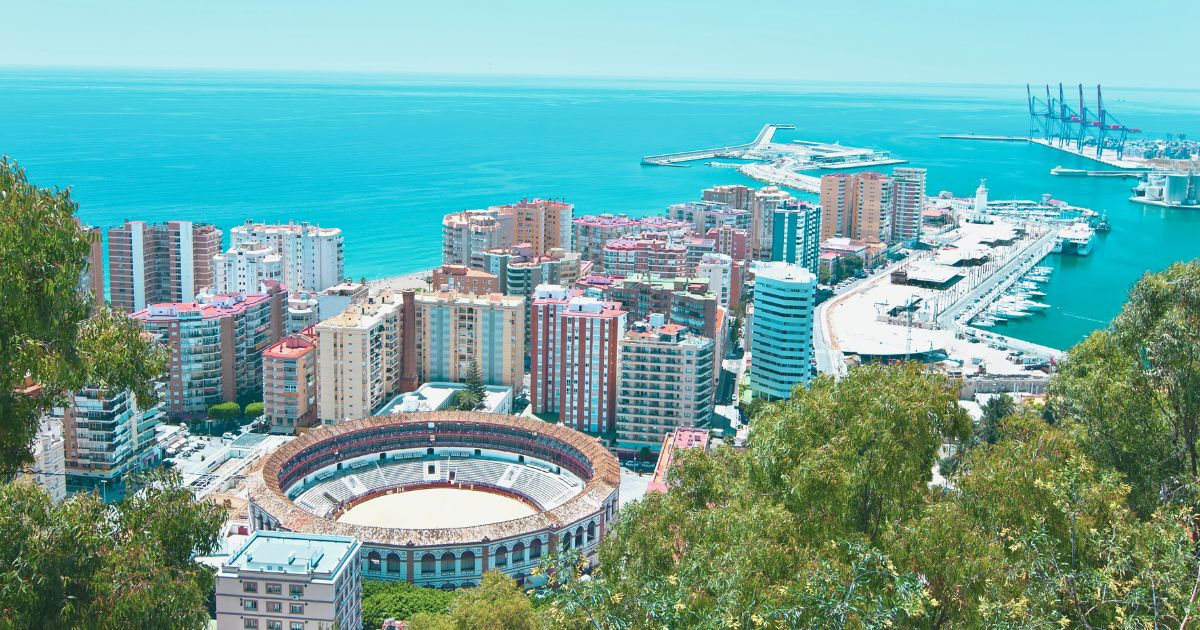Driving in Italy is a great way to explore its charming towns, stunning countryside, and historic cities. For digital nomads planning a long-term stay, understanding how to get a driver’s license in Italy is essential. Whether you’re renting a car for short trips or considering buying a vehicle, having the proper license ensures compliance with Italian laws and makes navigating the roads worry-free.
This guide explains everything you need to know about getting a driver’s license in Italy, including international driving permits, converting foreign licenses, and tips for safe driving in the country. By understanding the specific requirements and processes, you’ll experience the freedom of exploring Italy’s diverse regions at your own pace.
Can you drive in Italy with a foreign license?
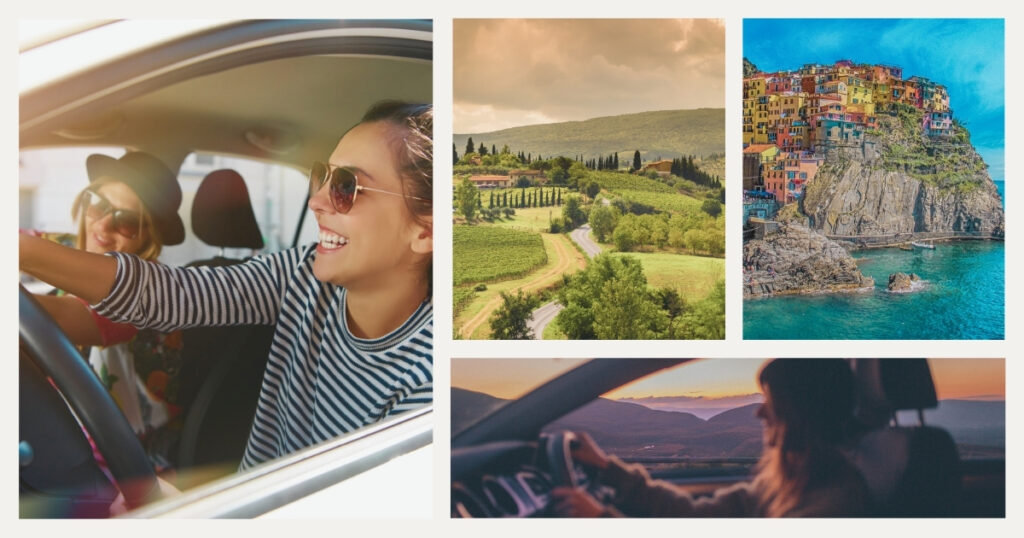
Before obtaining a driver’s license in Italy, many digital nomads wonder whether their foreign license is valid for driving. The rules differ significantly based on where your original license was issued, and understanding these distinctions can save you considerable time and stress.
EU/EEA Licenses
If you hold a valid driver’s license from an EU or EEA country, you can drive in Italy without needing an international permit or conversion. However, you’ll need to register your European license with Italian authorities after two years of residency. This process maintains your legal driving status while establishing your presence in Italy.
Non-EU Licenses
For digital nomads with a license from a non-EU country, you can drive in Italy using your valid home country license along with an International Driving Permit (IDP) for up to one year. After this period, you’ll need to apply for an Italian driver’s license to continue driving legally. The IDP serves as an official translation of your license and is recognized by Italian authorities.
💡 Did you know? Some countries have reciprocal agreements with Italy that allow for direct license conversion without taking exams. These include most EU countries, Switzerland, South Korea, and Taiwan among others.
How to get a driver’s license in Italy
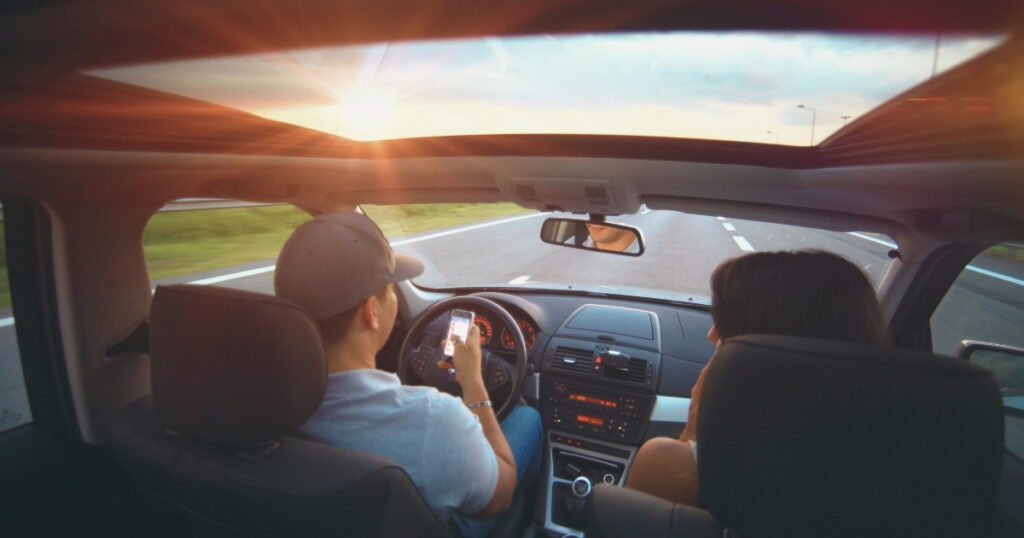
The process of obtaining a driver’s license in Italy depends on whether you’re converting an existing foreign license or starting from scratch. Both pathways require interaction with Italy’s driving authorities and understanding of local procedures.
Converting a foreign license
If your home country has a reciprocal agreement with Italy, you may be able to exchange your foreign license for an Italian one without taking a driving test. This process involves submitting an application to the local Motorizzazione Civile (DMV) office along with the following documents:
Your valid foreign driver’s license must be current and not expired. You’ll also need to provide a translated and certified copy of your license, which must be completed by an authorized translator. Additionally, prepare passport-sized photographs that meet Italian specifications, a completed application form available at the DMV office, and proof of residency in Italy such as a registered rental contract or residency certificate.
🌟 Pro tip: schedule your appointment at the Motorizzazione Civile well in advance, as wait times can be several weeks, especially in larger cities like Rome or Milan.
Obtaining a new Italian driver’s License
For those who cannot convert their foreign license, obtaining a new Italian driver’s license involves completing these steps:
The theory test covers Italian road rules, signage, and vehicle regulations. While primarily offered in Italian, some test centers provide English versions in areas with high numbers of expatriates. To prepare, consider enrolling in a driving school (autoscuola) where instructors can guide you through the material.
Practical driving lessons with a qualified instructor will help you adjust to Italian driving conditions and prepare for the road test. The road test evaluates your driving skills in various conditions, including urban areas and highways. Once you successfully pass both tests, your Italian driver’s license will be issued, typically valid for 10 years.
Navigating regional variations in Italian driving laws
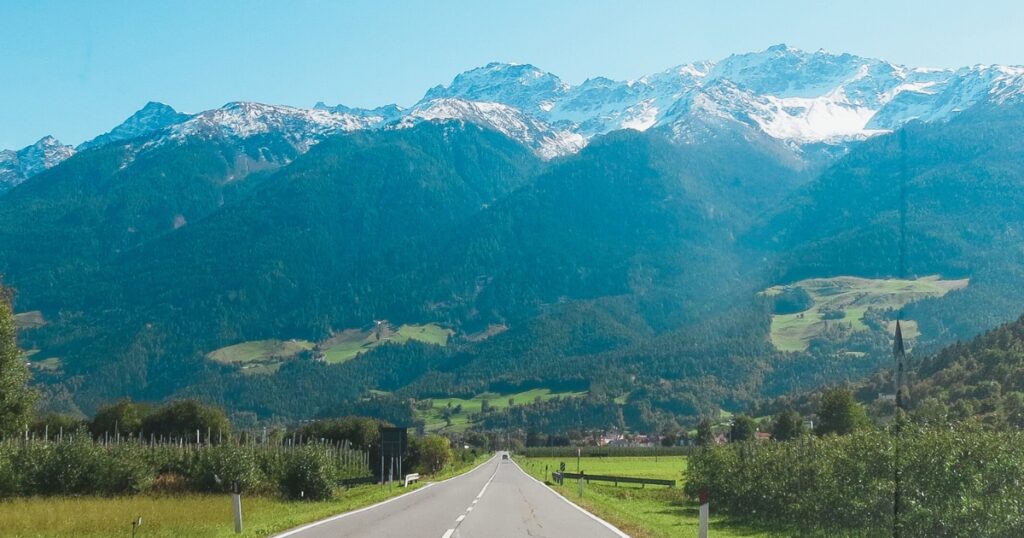
While Italy’s driving laws are generally consistent across the country, digital nomads should be aware of regional variations that can impact their experience behind the wheel. From the bustling streets of Milan to the winding coastal roads of Sicily, each region presents unique challenges and considerations for those with a driver’s license in Italy.
Urban driving challenges
Italy’s major cities, such as Rome, Florence, and Naples, are known for their dense traffic, narrow streets, and limited parking. Digital nomads must adapt to these urban driving conditions, which can be especially daunting for those accustomed to more spacious roads. The ZTL zones (Limited Traffic Zones) in historic centers require special permits, and violations result in significant fines that are automatically sent to your address.
🌟 Pro tip: consider using public transportation or car-sharing services like Car2Go or Enjoy in cities to avoid the stress of urban driving and parking.
Rural road considerations
In contrast to the cities, Italy’s countryside is characterized by winding, narrow roads that require extra caution. Many rural areas also have limited GPS coverage, making navigation more challenging. The stunning landscapes of Tuscany, Umbria, and Calabria offer incredible driving experiences but demand careful attention to road conditions that can change seasonally.
💡 Did you know? Some rural roads in Italy are unsealed, so it’s essential to check your rental car’s insurance coverage and restrictions before venturing off the beaten path.
Regional driving styles
Italian driving styles can vary significantly from region to region. For example, drivers in southern Italy are often considered more assertive than their northern counterparts. Understanding these regional differences can help digital nomads adapt to local driving norms and navigate safely with their driver’s license in Italy.
Seasonal considerations for driving in Italy
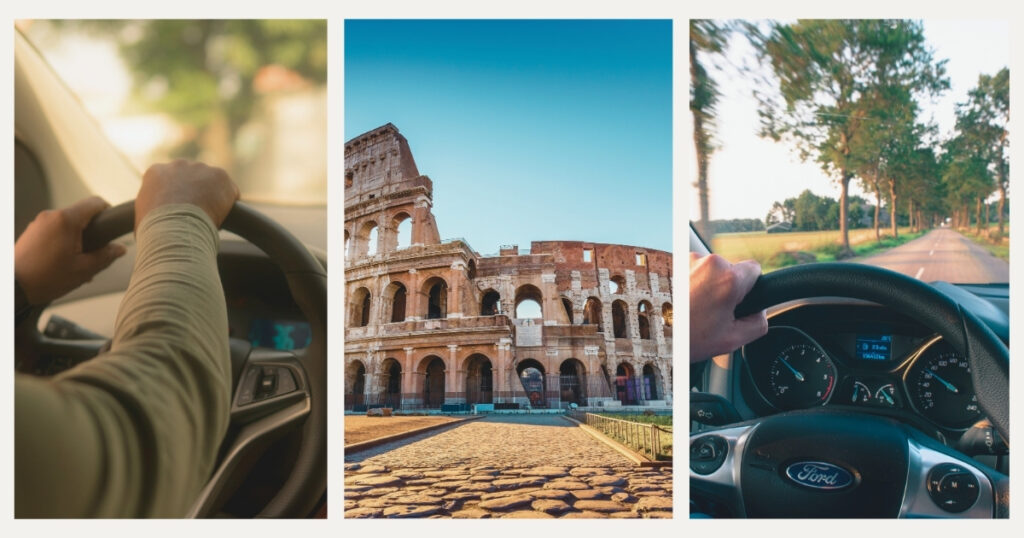
For digital nomads with flexible schedules, understanding how seasons impact driving conditions across Italy can enhance your experience and safety on the road.
Winter and summer challenges
Northern Italian regions experience significant snowfall during winter months, with many mountain roads requiring snow chains or winter tires between November 15th and April 15th. Meanwhile, coastal roads along the Amalfi Coast, Cinque Terre, and Sardinia become congested during summer, particularly in July and August. Parking becomes scarce and expensive, while narrow coastal roads require extra patience.
🌟 Pro tip: most rental cars in northern Italy come equipped with winter tires during the cold season, but always confirm this when booking, especially if you plan to drive in mountainous areas.
Tourist season impact
Major tourist destinations experience dramatic changes in traffic patterns based on tourist seasons. Cities like Florence, Venice, and Rome see increased congestion during peak tourist periods (April-June and September-October), while many smaller Italian towns host festivals (sagre) that can temporarily transform quiet villages into busy destinations with limited parking.
Staying connected on the road: digital infrastructure for nomads

For digital nomads, reliable connectivity is essential, even while driving through Italy’s diverse landscapes. From navigating unfamiliar roads to staying productive during long journeys, having a stable internet connection can make all the difference when exploring with your driver’s license in Italy.
Mobile data options
One of the most convenient ways to stay connected on the road is through a mobile data plan. Italy has several mobile network providers, such as TIM, Vodafone, and Wind Tre, which offer prepaid SIM cards with data packages. Coverage varies across regions, with urban areas typically providing excellent service and some rural areas experiencing spotty coverage.
🌟 Pro tip: consider using Holafly’s eSIM for seamless connectivity across Italy without the need to physically swap SIM cards. With an eSIM, you can easily manage your data plan through your device’s settings, ensuring you stay connected no matter where your Italian driving adventures take you.
Wi-Fi hotspots
Many gas stations, cafes, and rest stops across Italy offer Wi-Fi hotspots, providing an alternative means of connectivity for digital nomads on the road. However, the availability and reliability of these hotspots can vary greatly depending on the location. Autogrill service stations along highways typically offer reliable Wi-Fi, making them convenient stops for checking emails or handling quick work tasks.
Emergency preparedness and roadside assistance
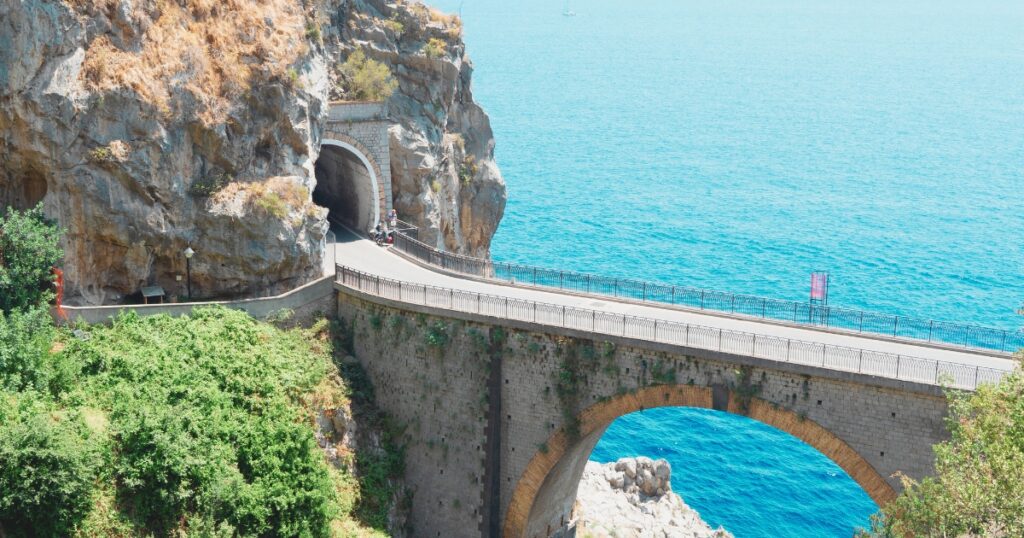
Driving in a foreign country requires preparation for unexpected situations. Understanding emergency services and roadside assistance options is crucial for digital nomads with a driver’s license in Italy.
Emergency services and assistance
In case of emergencies, call 112 to connect to Italy’s unified emergency response center. For roadside emergencies specifically, contact the Italian Automobile Club (ACI) at 803.116. Italian law requires all drivers to keep safety equipment including a reflective vest, warning triangle, and first aid kit in their vehicles.
For digital nomads planning extended stays, consider joining the Automobile Club d’Italia (ACI) which offers various membership levels including roadside assistance and towing services. Many insurance policies and credit cards also provide roadside assistance in Italy.
💡 Did you know? Some coworking spaces and digital nomad communities in Italy have informal networks that can provide advice and assistance if you encounter vehicle problems in remote areas.
Ready to hit the road in Italy?
Securing a driver’s license in Italy ensures you’re prepared to explore this beautiful country’s diverse regions without worrying about legal issues. Whether you’re navigating the winding roads of Tuscany, exploring the dramatic Dolomites, or cruising along the Amalfi Coast, proper preparation makes all the difference.
From understanding regional variations to staying connected on the road, this guide has covered the essential aspects of driving in Italy as a digital nomad. Remember that patience and adaptability are key virtues when driving in a new country, especially one with Italy’s unique driving culture.
🌍 Plan your Italian driving adventure today! Visit Nomada for more resources and tips to simplify your journey as a digital nomad in Italy.
Frequently asked questions about driver’s licenses in Italy
An International Driving Permit is only valid in combination with your original foreign license. It’s required for non-EU drivers staying in Italy for less than one year. The IDP serves as an official translation of your license, making it easier for Italian authorities to verify your driving credentials during traffic stops or accidents.
The process can take between two to four months, depending on your readiness for the theory and road tests. Converting an existing license from a country with a reciprocal agreement is typically faster, usually taking about 4-6 weeks. Starting from scratch involves theory classes, practice sessions, and scheduling both written and practical exams, extending the timeline considerably.
Yes, as long as your license is valid and accompanied by an IDP if necessary. Most rental companies require you to have held your license for at least one year, and some may have minimum age requirements (typically 21-25 years). Always check the specific requirements of your rental company before booking.
Driving without a valid license can result in substantial fines ranging from €2,257 to €9,032, possible vehicle impoundment, and other legal consequences. For digital nomads, this could seriously disrupt your stay and work arrangements in Italy, as resolving such issues often requires multiple visits to administrative offices.
Renewal typically requires an in-person visit to the DMV for a medical exam and submission of documents. The medical examination (visita medica) verifies your fitness to drive and is a mandatory part of the renewal process. Some preliminary paperwork can be completed online, but the medical examination must be done in person.
